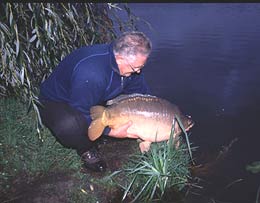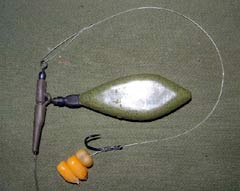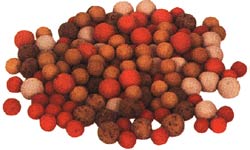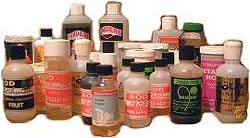| Compared to most keen anglers (apart from old timer Ron Clay who’s more or less the same age as me) I’ve been around, and fishing, for a fair old spell, and in that time I’ve seen a great many changes. No, this article isn’t going to be about the ‘good old days’, but it is going to discuss how three basic things have changed that clearly demonstrate that when it comes to understanding fish we know next to nothing. Either that, or we’re experts at kidding ourselves that we do know something, and then think that we can ‘prove’ it by catching fish, which may or may not have anything to do with it. Of course, there are many more things that have changed in fishing, but the three I’m going to write about illustrate my point exceptionally well. Resistance in Rigs Take a simple leger rig, for instance, and go back a number of years, to the days when we used bite indicators as simple as a fold of bread flake on a loop of line between butt ring and reel, and the days when you freelined (fishing with no weight at all), and thought it was the ultimate presentation. Otherwise it was a time when you used a lead that was just, and only just, heavy enough to reach the swim.
Then it swung the other way, with most anglers, particularly specialist anglers, using a form of heavy resistance rig for most of their fishing, including the smaller and weaker species like roach and bream. It was the birth of the bolt-rig. Swinging took on a new meaning as we swung from resistance-free rigs to resistance creating rigs. And now there is a trend to running rigs in carp fishing rather than bolt rigs, slack lines instead of tight lines, and the heavy indicators are giving way to light ones. Exponents of the running rig and light indicator are swearing that their method is best.
Bait Colours Just what colours can a fish actually see? Well, without getting too deep into that particular topic, if you accept scientific findings, fish do see colours, but not in the same way that we do. Nevertheless, whatever you believe, anglers have always experimented with bait colours, some swearing by one colour and others in different ones.
Carp anglers reverted to dull brown and, in some cases, black boilies for the same reasons. Bright colours were spooking the carp and it was better to use boilies that matched the colour of the bottom, so we were told. Now what do I hear, that some of the best known carp anglers are using fluorescent boilies; day-glo bright pink, yellow, red, orange and even white. Bait Flavours Some very successful carp anglers tell us that most of us over-flavour baits, to the point where we’re making them a deterrent rather than an attraction. That we should at least stick to the recommended dosage when making boilies.
So Who Is Right? I could quote many more instances where one school of successful anglers actually contradicts another school of successful anglers. Each of them are quite rigid in their opinions, swearing that what they believe is responsible for their success. So who is right about all this?
Now don’t tell me the answer is according to the water, the conditions and what the fish are used to – this diverse approach to fishing happens on the same lake at the same time, with fish being caught all around the lake! It must be absolutely mind-boggling to anyone who is just beginning in this great sport of ours, keenly reading such contradictory opinion from equally successful anglers. Especially if they get hold of some of the stuff written years ago by anglers who were successful in their own era (and perhaps successful even today if they’re still fishing). Some of the old stuff is so at odds with modern views it makes you wonder how they ever caught anything. But doesn’t it all come down to the fact that when it comes to fish we know nowt! We think we do, and we go out and catch fish and say to the world, “look, this is how you do it. I use this rig, and that bait, and this colour, and that flavour, and I bag up regularly by doing this or doing that.” And then someone else goes fishing and does just the opposite, in every department, and catches just as well. Who really knows best? Us? Or the fish? |
Welcome!Log into your account














